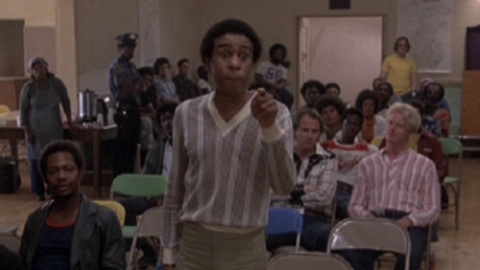By Violet Lucca in the July-August 2012 Issue
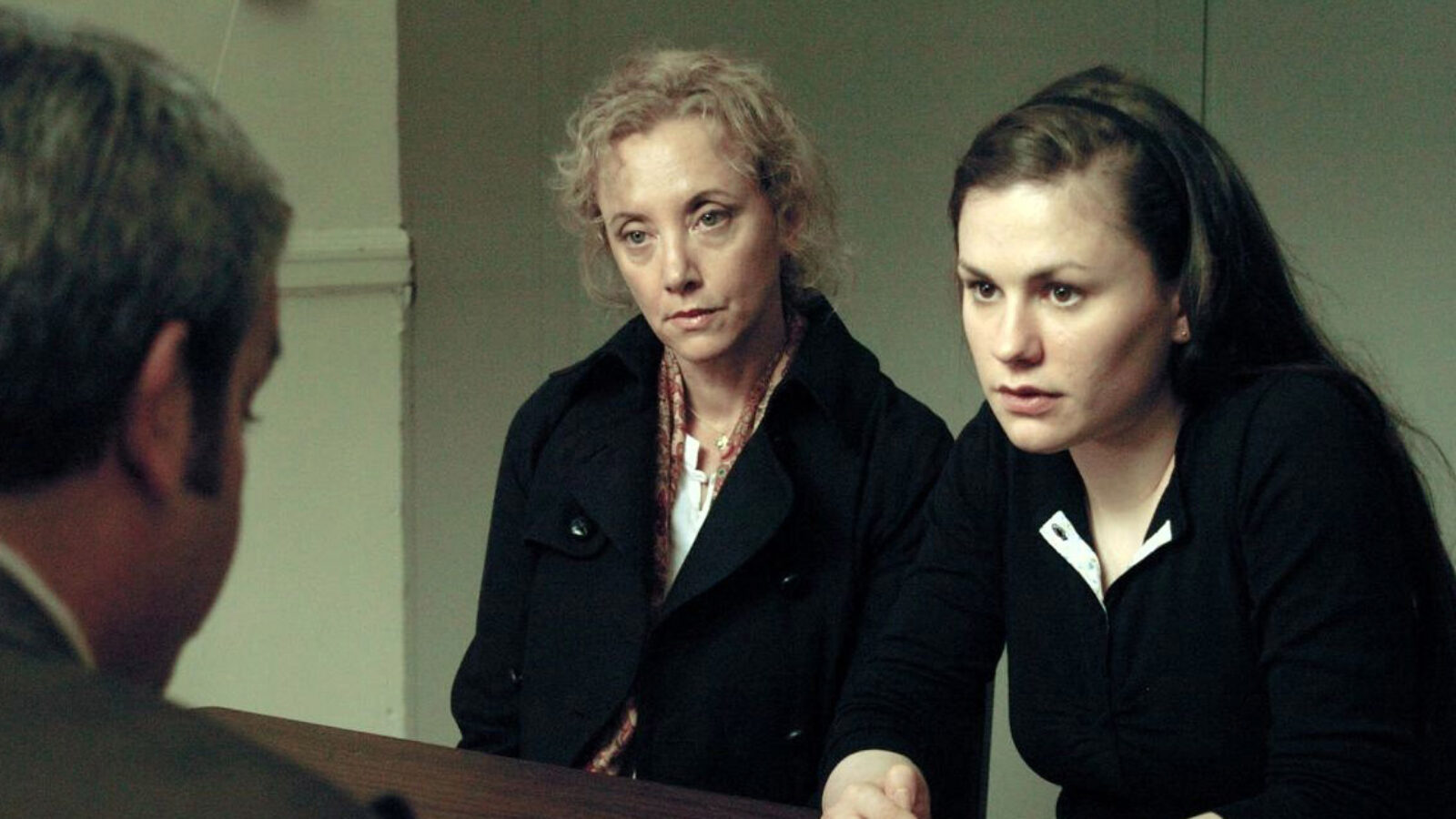
The Lives of Others
Margaret’s case study of an adolescent compulsively testing the limits of experience
The story of how Kenneth Lonergan’s Margaret played in New York and Los Angeles for two weeks last September, attracted a devoted cult of online supporters that successfully extended its run, and then made it to the top of many Best of 2011 lists, is easily the least interesting thing about it. The history of film is rife with examples of maverick directors who set out with singular visions only to be castrated by The System and left (at best) with an anemic film maudit. So common, in fact, that any sense of tragedy has been dulled and attempts to canonize these broken artists seem contrived. But Margaret’s protracted development—six years, three lawsuits, multiple cuts with multiple editors—is inextricable from the final product and its appeal. This is a film that tries to be many things, and that’s precisely why it offended those who are unable to engage with or respond to films that don’t adhere to the formal conventions of Hollywood cinema or who consider the mewling paces of contemporary American independent filmmaking to be the only acceptable alternative.
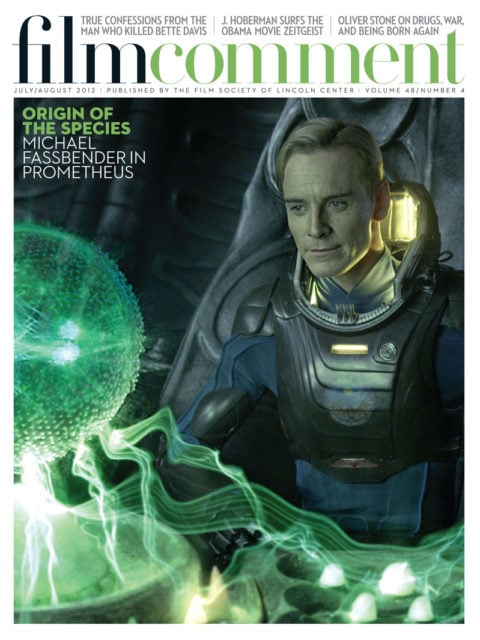
From the July-August 2012 Issue
Also in this issue
After (indirectly or directly) causing a fatal bus accident, 17-year-old Lisa Cohen (Anna Paquin) is confronted with the fact that there are other people in the world besides herself, and that they are suffering. Like The Bell Jar’s Esther Greenwood—or any damaged young woman, really—her natural curiosity manifests itself as a compulsion to push every situation as far as it will go. Coupled with her feelings of guilt (and quite possibly Oprah’s mandate to “follow your spirit”), this compulsion takes on an epic urgency. She leads one interested boy from her class on; she impulsively calls on another to deflower her; she argues so furiously that she gets thrown out of debate class; she seduces a teacher. But most important to Lisa’s understanding of the world and the assuaging of her own guilt (as well as fueling the arc of the film) is her most fiercely pursued objective: getting the bus driver (Mark Ruffalo) who was involved in the accident fired.
How easily all of this manipulation comes to Lisa is disturbing yet not terribly surprising given the adults in her life. Her mother Joan (J. Smith-Cameron), a terminally insecure off-Broadway stage actress who goads Lisa’s nitpicky sniping with name-calling of her own, advises her to lie to the police; her physically distant, perpetually exasperated father (Lonergan himself, serving as a clammy foil of the role he played in You Can Count on Me) seems only able to muster enthusiasm when asking about her boyfriend situation.
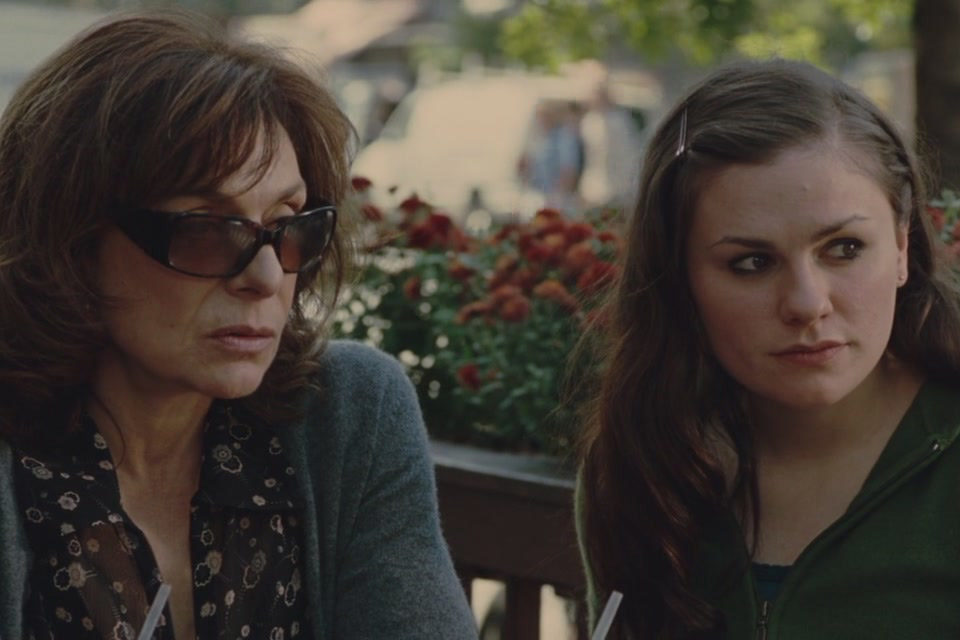
Margaret
The origins of Lisa’s behavior are not entirely hereditary, however. As a student at a progressive private high school on Manhattan’s Upper West Side, she embodies her generation’s ideal: pretty, smart, confident, independent. Lisa recognizes her privilege, and frequently attempts to compensate for it (her other motivation for lying to the police, aside from her mother’s urging, is related to class guilt). More than anything, independent of any religious belief, Lisa desperately wants to be in the right. Despite her aggressive air of self-assurance, she occasionally stumbles on her words, backtracking until she finds the right thing to say. And for all its realistic scenes of death, confused teenage sexuality, and people arguing about Middle Eastern politics, undoubtedly the film’s most uncomfortable moment comes in a scene with Emily (Jeannie Berlin), the accident victim’s friend and Lisa’s collaborator in seeking the punishment of the bus driver, in which Lisa tells her she’s “strident.” During the ensuing argument, Emily questions the motivations behind Lisa’s crusade, lambasting her youthful self-righteousness. “I am a real person! This was my real friend who I’ll never see again,” she barks. “And we are not all supporting characters to the drama of your amazing life!”
This diatribe, in addition to voicing, perhaps, the feelings of some viewers, is nothing if not ironic given that Emily is indeed a supporting character in Lisa’s life, in this film. For all its commitment to allowing scenes between characters to play out naturally, sometimes well beyond what’s strictly necessary to make their points, Margaret repeatedly nods to the world of theater and performance. In addition to Lisa’s initial “acting” when lying to the police and her dubious attempts to get the bus driver punished, there are several glimpses of Joan’s laughably ghastly yet critically lauded play (sample: “I guess I’m a two-year kind of gal!”), as well as a scene of Lisa’s work as a theater tech in a dysfunctional high-school production. But it is opera that remains the most pervasive and profound theme, inspiring the film’s most bravura camerawork. (The film’s slow-motion street sequences are little flourishes of the baroque, rendering unremarkable human movement as languorous waltzes, removed from the everyday; the penultimate scene in which Lisa and Joan approach the Metropolitan Opera House, in all its architectural glory, is captured with a grand tracking shot.)
Joan’s inexplicable beau Ramon (Jean Reno) introduces the “archaic” form to the film by taking her on a date to see Norma. Her assumption that Lisa likes opera incites one argument, and “opera” pops up as a pejorative in several others. For Lisa, “operatic” is shorthand for everything trivial that she sees in the world: “It’s like they’re trying to sing as loud and obnoxiously as they can.” For those observing her, it’s an apt way of describing her own demeanor and the melodramatic force she conjures when stoking the flames of an argument. With her pale skin, low-cut tops, and ultra-thick raccoon eyeliner, she could very well be on stage, projecting to the back of the house with a piercing soprano vibrato. And in the end, it is when she’s sitting in the audience of the Metropolitan Opera, surrounded by strangers, listening to the “Barcarolle” from Tales of Hoffmann, that she truly weeps.
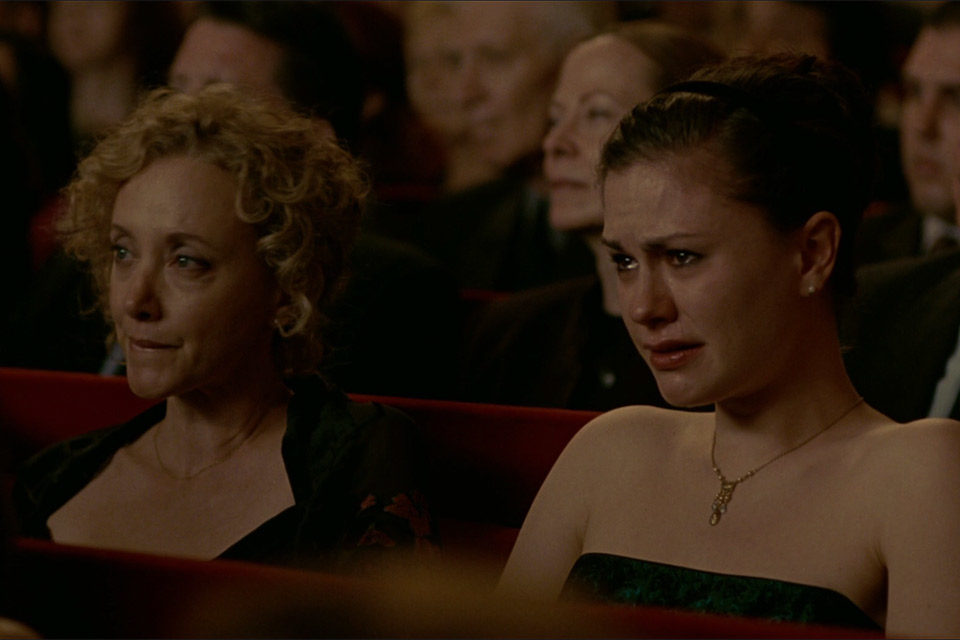
Margaret
But why? Has Lisa really reached catharsis through music? Does she understand that the lyrics are about the fleeting nature of life? Is she simply crying because she feels the need to “perform” at that moment? Or is she simply frustrated that she was unable to get what she wanted? She’s initially assured that the driver will be fired, and that the victim’s estranged, money-hungry family out in Arizona will receive a hefty payout, but the final legal agreement only honors the second half of the bargain. Her emotional investment, her fallen grades that threaten her scholarship, the sacrifice of other relationships in her life have all been for naught. But before Lisa storms out of the lawyer’s office, the victim’s crass sister assures her that money is something constructive that can truly help people, and that there’s no altruism in firing a negligent city employee. That lesson, and how she arrives at it, is as adult and nearly as jarring as witnessing the accident.
The inevitability of her dissatisfaction—likely even if she had been successful in her campaign to punish the driver—recalls the inevitability of the grief in the Gerard Manley Hopkins poem from which the film takes its title. Margaret’s sprawl, dead ends, and digressions echo a nation and a city that, 10 years after the fact, unevenly and incompletely understands a disaster.





